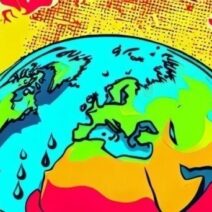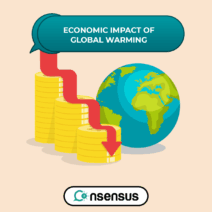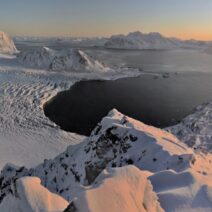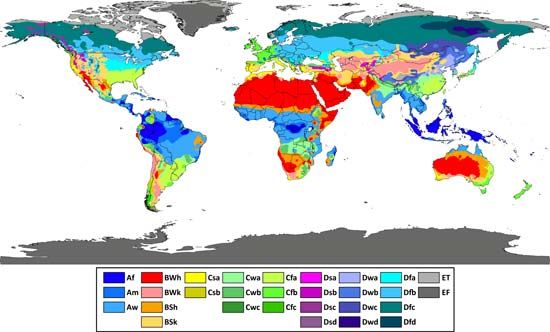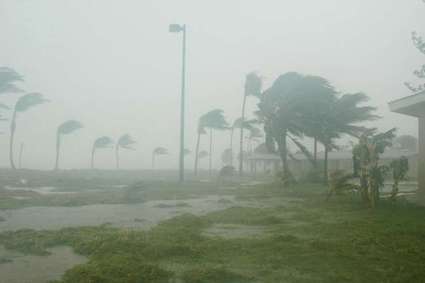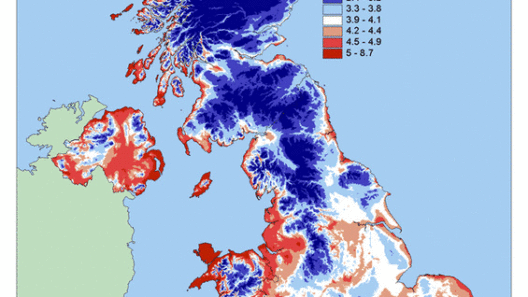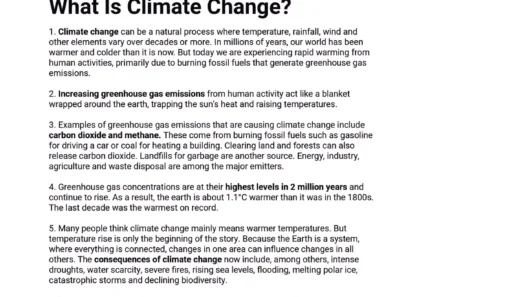The climate of Europe is a rich tapestry, woven from the splendid variety of meteorological conditions inherent to a continent that spans a multitude of geographic zones. From the sun-drenched coastlines of the Mediterranean to the frigid expanses of the Arctic, Europe presents an extraordinary array of climatic experiences. This diverse climate is not merely a backdrop; it plays a significant role in shaping the lifestyle, culture, and economy of the continent.
At the heart of Europe’s climatic diversity lies the Mediterranean climate, characterized by warm, dry summers and mild, wet winters. This climate predominates in the southern regions, including countries like Spain, Italy, and Greece. The Mediterranean Sea, with its temperate waters, plays a crucial role in maintaining these conditions. The result is an agrarian paradise, where olives, grapes, and citrus flourish amidst golden sun and azure skies. Yet, the allure of the Mediterranean climate goes beyond just agricultural bounty; it draws millions of tourists who seek the sunshine, delivering a significant economic boost to the region’s coffers.
Conversely, moving northward, one encounters the temperate maritime climate, which typifies western Europe. This region, heavily influenced by the Atlantic Ocean, experiences mild temperatures with ample rainfall throughout the year. Notable examples include the United Kingdom, Ireland, and parts of France and Norway. The fluctuating weather, sometimes unpredictable, results in lush, verdant landscapes. This is an area where the climate fosters a rich biodiversity, nourishing dense woodlands and vibrant flora that thrive in the temperate moisture.
Transitioning to Western and Central Europe, one finds continental climates that present a distinct seasonal cadence. Countries such as Germany, Poland, and Hungary face hot summers, with temperatures soaring to levels that are somewhat moderate by Mediterranean standards, yet climactic change can present a spectrum of extremes. Winters are marked by harsh cold, with snow blanketing landscapes as temperatures plunge. The influence of altitude and latitude significantly shapes these conditions, contributing to a variation that captivates both climate enthusiasts and tourists alike.
Among the most evocative climates in Europe is the subarctic climate encountered in northern Scandinavia. Norway, Sweden, and Finland experience long, frigid winters complemented by short, blissfully mild summers. Here, the climate fosters a way of life that has adapted to the rigors of winter, with activities revolving around the snow-ridden landscapes. The Northern Lights, or Aurora Borealis, provide a stunning natural spectacle, drawing visitors from around the globe who come to witness this ethereal display. The climate is austere, yet it inspires awe and reverence, contributing to a sense of cultural identity deeply intertwined with the natural environment.
The more extreme Arctic conditions prevail further north in Europe, particularly in parts of Greenland and the Arctic territories of Norway. Here, snow and ice dominate the region, with temperatures that can plummet to minus 30 degrees Celsius or lower. These regions are vital indicators of climate change; the warming rates are alarmingly swift, leading to melting ice caps and rising sea levels. Scientists observe that the impacts of climate change are not just environmental but are socio-economic as well, threatening the traditional lifestyles of indigenous populations and altering habitats for native wildlife.
Understanding the delicacy of Europe’s climate necessitates an appreciation of the interconnectedness of weather patterns. The Gulf Stream, for instance, is a major ocean current that significantly influences Europe’s climate. Originating in the Gulf of Mexico, this warm current traverses the Atlantic Ocean, moderating temperatures across Western Europe. Without this climatic lifeline, many regions would experience vastly different and less hospitable weather. The gentle climatic shifts that many take for granted are, in fact, underpinned by complex environmental systems.
However, emerging data about climate change paints a troubling picture for the future of Europe’s multifaceted climates. From the increasingly erratic weather patterns in the Mediterranean, where droughts and wildfires have become more frequent, to the unpredictable flooding affecting central regions, the signs are evident and alarming. Not only do these climatic shifts endanger natural ecosystems, but they also pose significant risks to agriculture, public health, tourism, and economies throughout the continent.
Another dimension worth noting is the socio-political impact of climate diversity. The climate influences migration patterns; for instance, as northern climates warm, there may be a flow of populations relocating from southern Europe, where rising temperatures and desertification threaten traditional agricultural practices. This interplay of climate, culture, and migration creates a dynamic that is both intriguing and complex, underscoring the need for cohesive responses to multifaceted challenges.
As Europe continues to grapple with the consequences of climate change, it becomes increasingly vital to marvel at the region’s climatic intricacies while pursuing sustainable practices that honor and preserve the remarkable diversity. Each climate zone contributes to Europe’s identity, shaped by a symbiosis of natural phenomena and human endeavor. The continent thus stands as a testament to both the beauty and fragility of climate, inviting a global audience to engage with its preservation and advocacy.
Ultimately, the fascination with Europe’s climate lies not only in its diversity but also in the urgent narrative surrounding its future. The continent’s myriad climates offer profound insights into how we relate to our environment, underscoring the critical responsibility to safeguard the natural world. As stewards of this beautiful planet, the imperative to act is clearer than ever.
